We’re often intrigued by things that didn’t last long – the anomalies of the past, perhaps not right for their time or too progressive for their prospective audience. The mid-90s to early 2000s era was rife with such things. Film cameras come to mind; their popularity waned with the rise of the digital age. Yet, a few companies continued making film cameras, some of which are now coveted because they hail from a transitional era, a time of change, and many of these cameras were produced in limited quantities due to their short production period.
Today, we’re discussing a neo-vintage watch, but first, let’s establish some context.
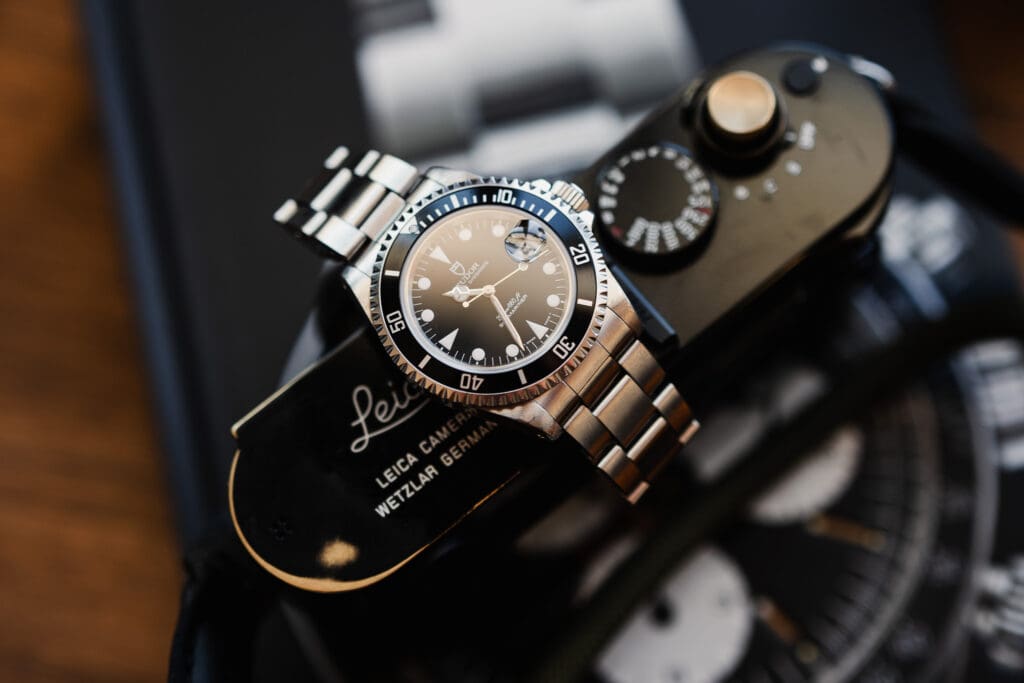
Notable cameras from the mid-90s to the first few years of the new millennia include the Nikon 28ti and 35ti, with their beautifully designed gauge cluster. Contax, despite going out of business in 2005, produced one of history’s most iconic cameras, the Contax G series, in the late 90s. The series included the G1 (1994) and G2 (1996). Contax also gave Hasselblad a run for their money with the 645, while Mamiya released the 6 and 7ii. One must not forget the Leica Minilux, which made its debut in 1995. All these cameras have become icons of the era and staples to film photographers and enthusiasts. We’ve already seen this with the reissue of the Leica M6, but If any of these brands re-released these specific cameras, it would likely cause a stir among the enthusiast community!
The mid to late 90s was a peculiar time in photographic gear. I feel like brands were in the middle of an identity crisis. Contax produced a camera with a bazar camera and a shifting focal plane during this time (CRAZY). It was also an unusual phase for some watch brands. Tudor, a subsidiary of Rolex, is known for making more value-driven watches for their bigger sibling. Tudor seemed to be trying to differentiate themselves from Rolex while maintaining ties to the Crown for obvious reasons.
Tudor has long been one of my favorite brands. The Tudor Big Block and Ghost Blue Snowflake caught my eye early in my watch-collecting days. However, anything vintage with a crown has seen a significant price hike over the past few years. Still, there remain a few exceptions from the 90s offering excellent value. Joseph Ramos, COO of CW Watch Shop, and I recently delved into one of these exceptions, the Tudor Submariner 79190, and I thought we needed to share some of these thoughts here on the Tools of Time Blog.
The Tudor Sub Backstory
Tudor is well-known for producing dive watches. The company launched its first Tudor Submariner, Ref. 7922, in 1954, which was specifically made for the French Navy. This model was re-released last year as the “Black Bay 54,” a reference that has made quite a stir in the watch community for its vintage appeal and palatable dimensions.
Moving on from the 7922, Tudor continued to create various versions of the Submariner over the following four-plus decades. If you’re interested in learning more, I recommend checking out tudorsub.com for a comprehensive overview of all Tudor references produced between 1954 and 1999.
Tudor often took a different approach to its larger sibling, Rolex. This led to unique features like Snowflake hands, blue bezels, and color variations on Tudor watches that Rolex simply did not have the design liberties to pursue. Additionally, Tudor typically used third-party, reliable movements in their watches to keep Tudor watches at a lower price point than Rolex watches.
In the late 1960s, Tudor introduced the 7016/0, which featured an ETA movement. This strategy was meant to reduce the overall cost of the watch and broaden its appeal. Interestingly enough, despite these watches housing ETA movements, their collectability has skyrocketed over the past few years.
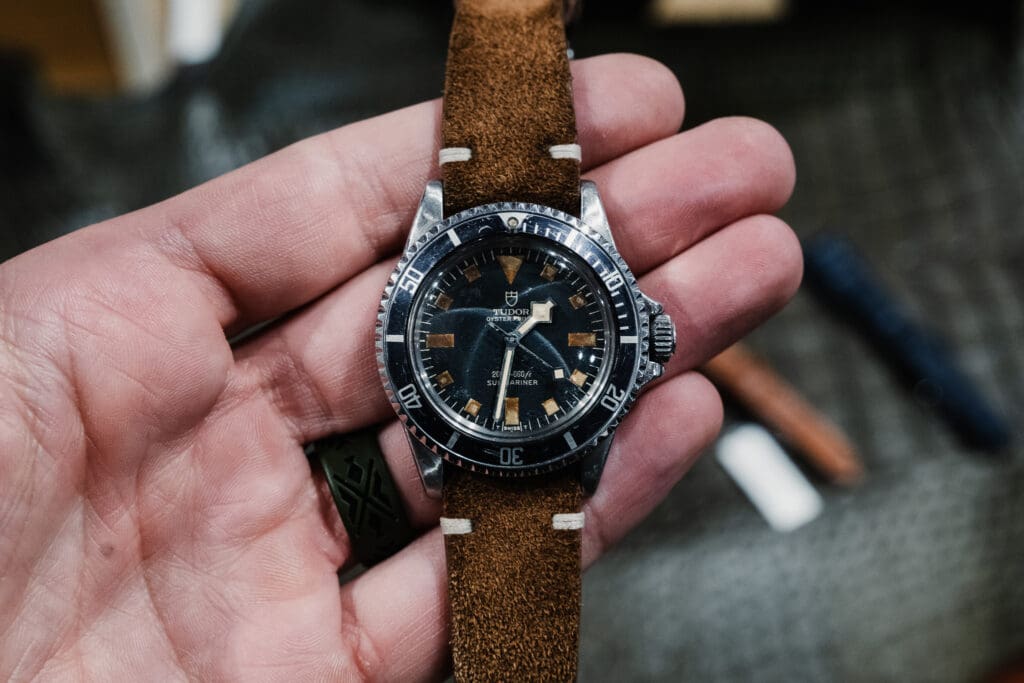
Tudor also managed to keep costs down by utilizing “old technology,” such as parts or manufacturing techniques from previous generations of Rolex Submariners. This use of older technology allowed Tudor to offer watches at a lower price point without compromising the appeal of their Rolex Sub counterparts. Think of this as trickle-down tech that we see in cameras today. A new sensor or AF system in a flagship camera today will eventually make it down the chain to lower-end models in the years that follow. Thankfully, we’re not talking about digital sensors and technology in watches. We’re talking about mechanics and design. Both things that age more gracefully with time. In today’s context, as you’ll see below, this use of “old tech” made more modern or “Neo-Vintage” Tudor watches feel and look more like their older Rolex counterparts than contemporary ones.
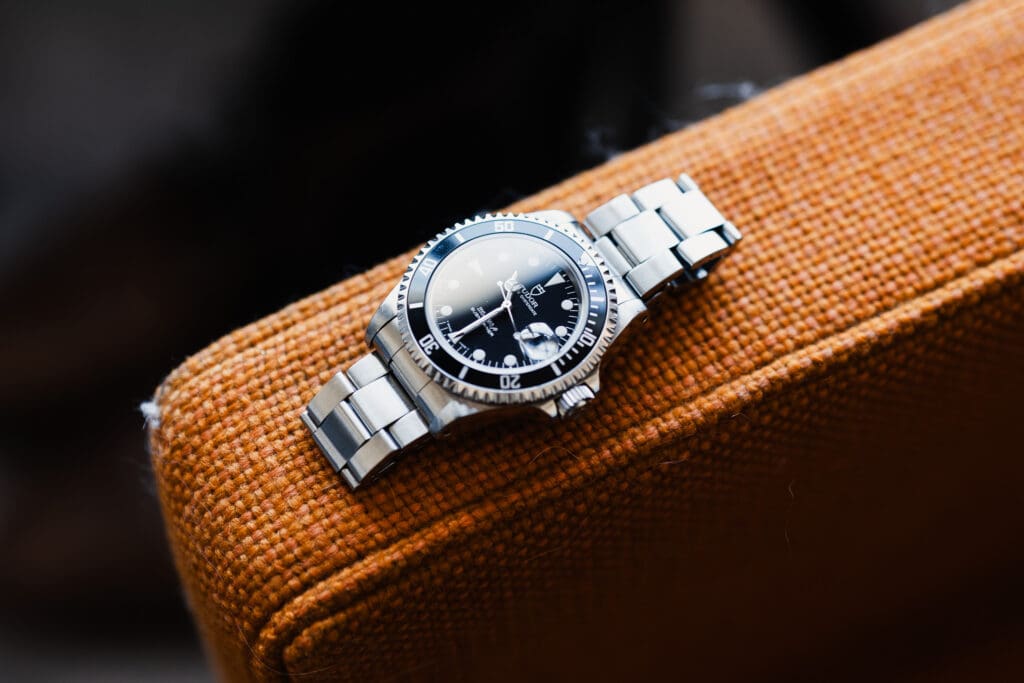
The Ideal Vintage Yet Modern Submariner
The Tudor Submariner 79190, released in 1995, marked the end of an era for Tudor. This watch encapsulated everything that made Tudor’s Submariner unique. The 79190 featured the classic case design of older Rolex Sub references, including chamfered and drilled lugs. It housed an ETA 2824-2 movement with a 42-hour power reserve and had a water resistance of only 200m, unlike Rolex’s contemporary model, 16610, which boasted 300m of water resistance. The Tudor 79190’s matte dial, with tritium-painted lume markers, stood in contrast to the more modern white gold embossed markings on the 16610.

The 79190 was presented on a 3-link 9315 oyster bracelet with a stamped Tudor logo on the clasp. This is a point of interest. The outgoing Tudor 79090 used the same bracelet but with a Rolex badge. An interesting pivot on Tudor’s part, to say the least, when you notice the Rolex-badged case and crown on the 79190. This hodgepodge of Tudor/Rolex badging makes for a peculiar mismatch. One can only speculate if this was due to Tudor’s attempt to set itself apart from Rolex as it went through a bit of an identity crisis.
The Rolex Sub most comparable to the 79190 is the late 70s to late 80s Submariner reference 16800. Both are approximately 40mm (the 79190 is closer to 39mm), feature matte dials, puffy tritium lume, alloy bezels, drilled lugs, chamfering, and sapphire crystals. However, they differ in a few aspects. The 16800 is nearly twice the price of the Tudor 79190 and features the Rolex Calibre 3035. The Tudor 79190 is also slightly slimmer at around 10.4mm thanks to the 200m water resistance and ETA movement compared to the 12.8mm thickness of the 16800. Another thing to note, particularly when looking at the later Rolex Submariner 16610 or 14060m, is that the chamfering typically is extremely shallow on these later “Neo-Vintge” Rolex subs. This is not the case on the 79190. You’ll find nice, clean, deep chamfers reminiscent of old Rolex and Tudor subs, thus adding to the vintage “vibe” of the 79190.
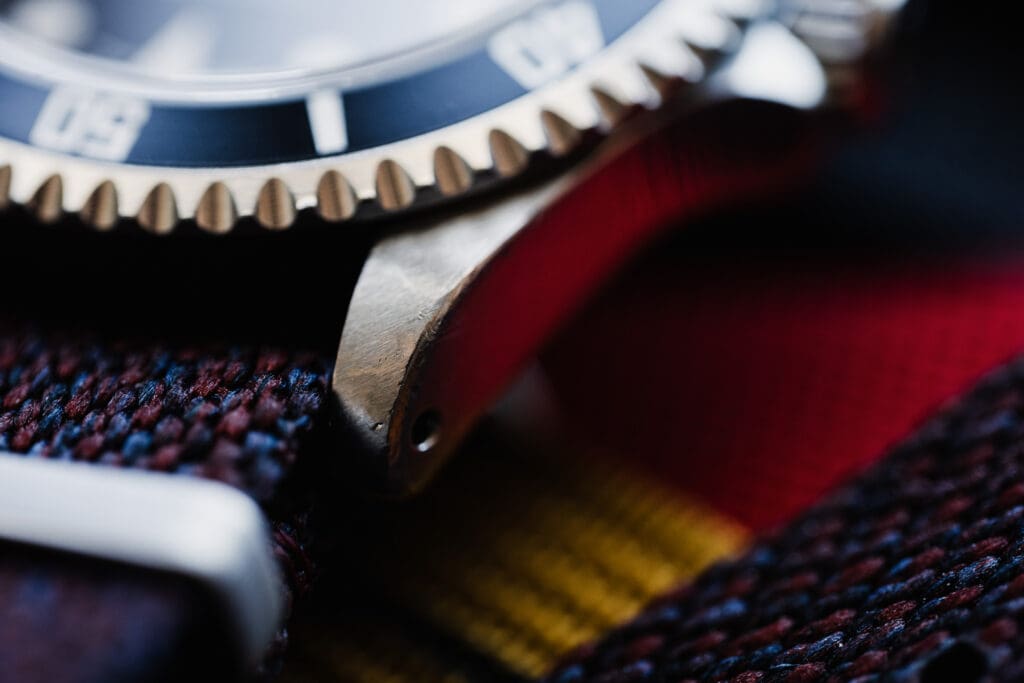
Tudor added a few modern touches to the 79190. The crystal, for instance, is made from sapphire instead of plexiglass, and the bezel is clicked as opposed to the friction-only bezel of the outgoing 79090 Submariner from the late 80s and early 90s. This watch is an intriguing blend of elements, feeling somewhat out of place in an era of significant change and digital evolution. Much like the film cameras of the same period, the Tudor Submariner feels like it has one foot in the past and one in the future. The Tudor Submariner was produced for only four years, with the line being discontinued in 1999, marking the end of an iconic era, the era of the Tudor Submariner.
A Tudor 79190 At A Glance:
This is a stunning example of a 79190 that represents everything discussed above, including clean chamfers, a blue dial, drilled lugs, a thin case, a Tudor signed clasp, a Rolex case, and more.
- Reference | 79190
- Movement | ETA 2824-2
- Strap | 3-link 9315 Bracelet
- Crystal | Sapphire
- Case Width | 39mm
- Lug Width | 20mm
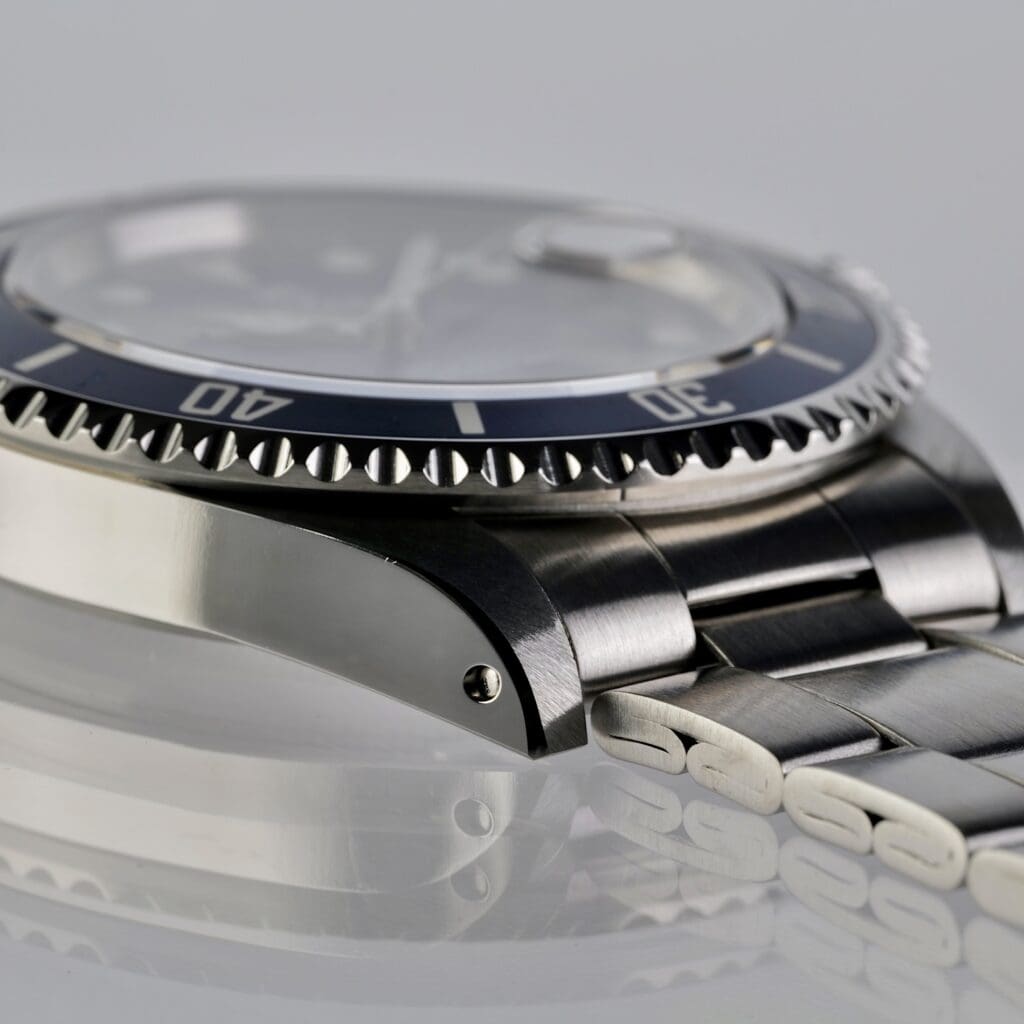

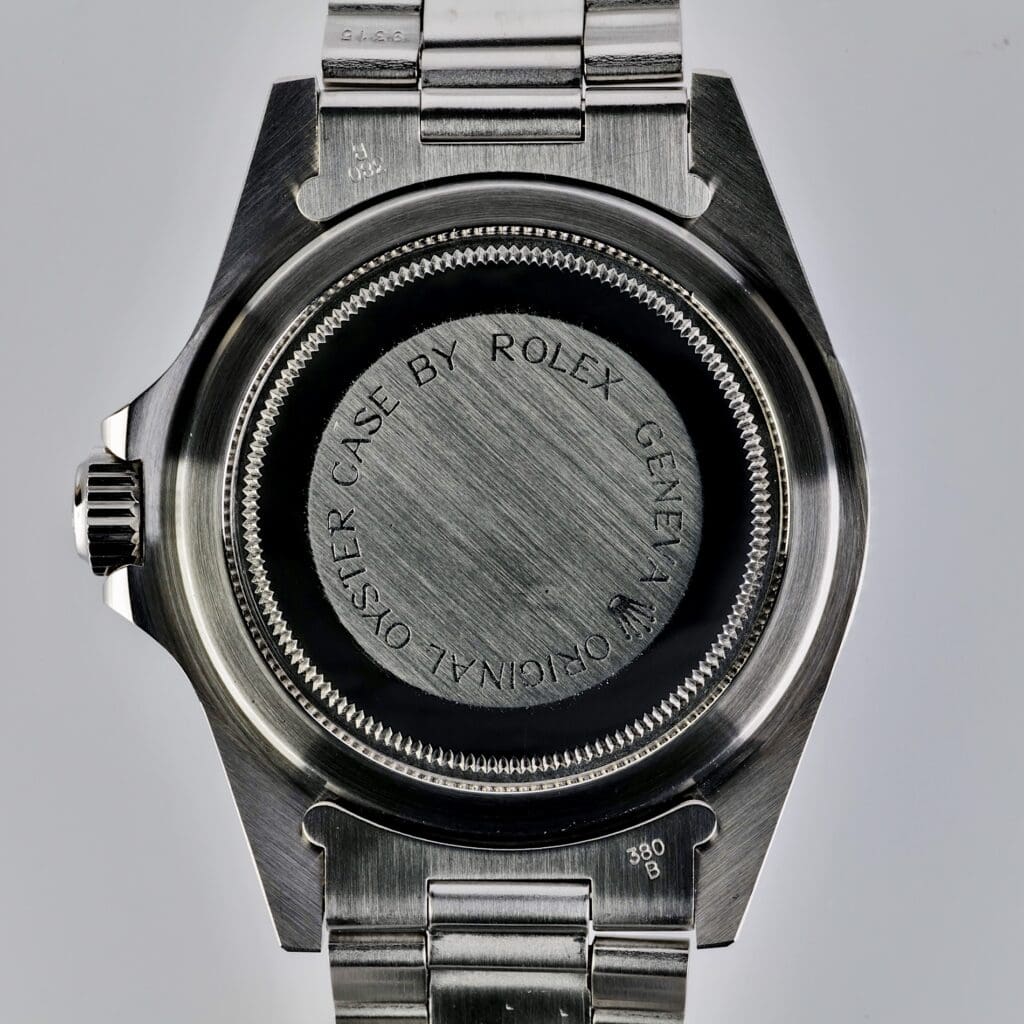
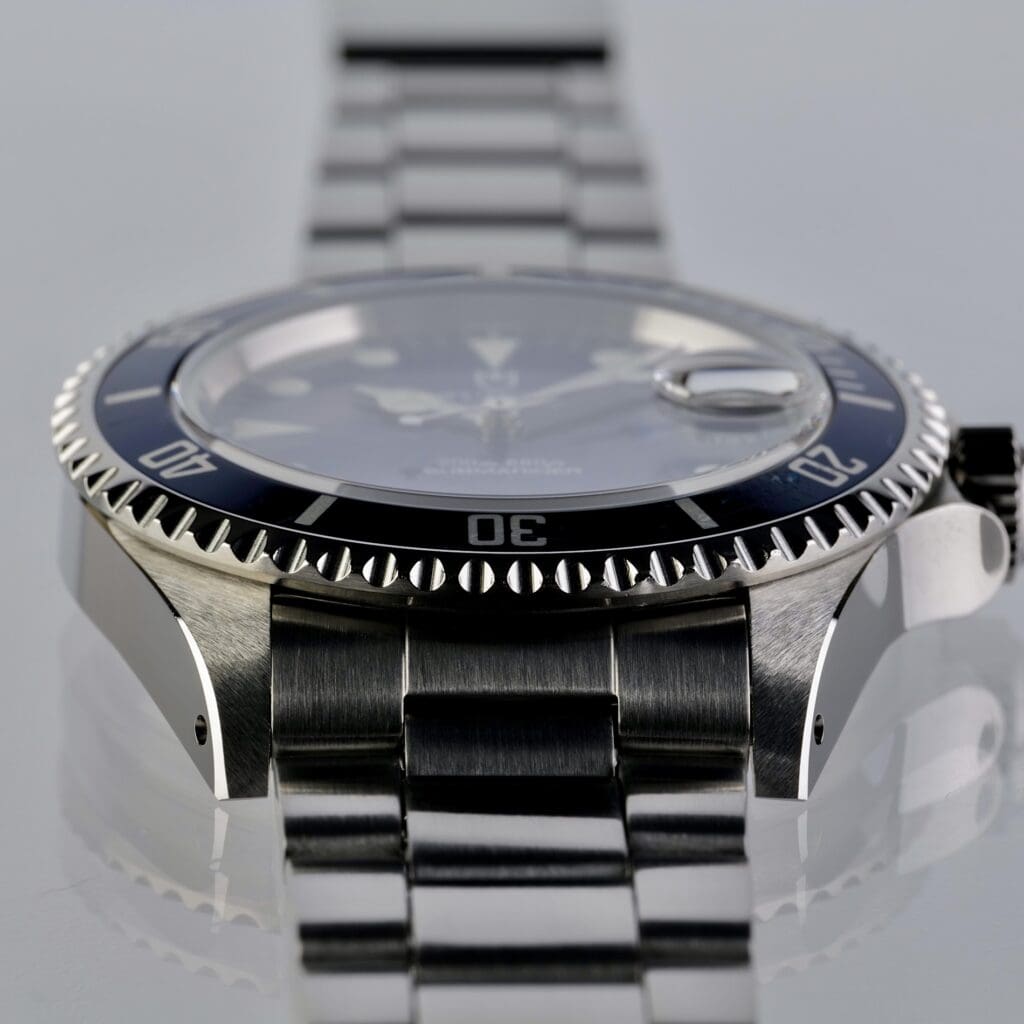
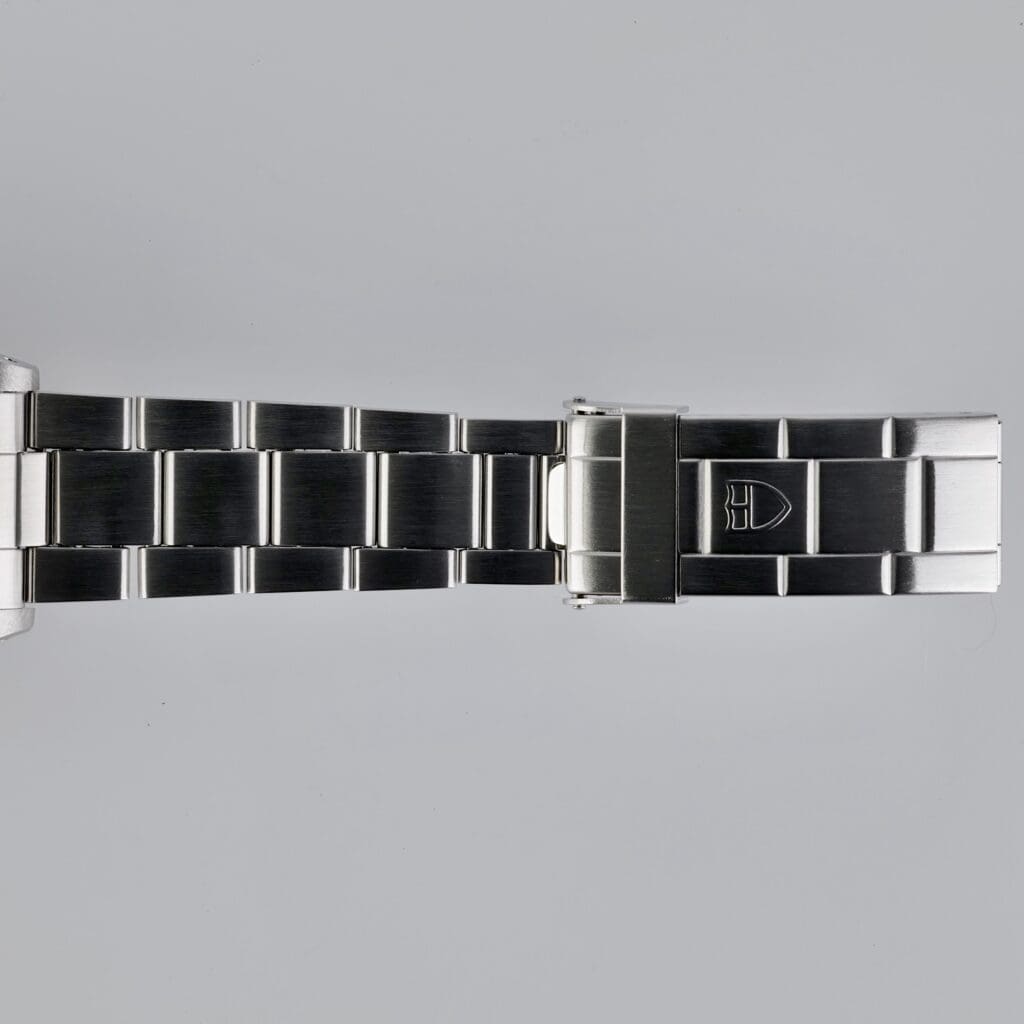

Our Take
The Tudor 79190, like film cameras from its time, represents the end of an era that intrigues many of us. Tudor ceased production of the 79190 in 1999. Following that, Contax went out of business in 2005, Leica stopped making the M6 in 2002, and the Minilux in 2006. 2006, Facebook became publicly available, and Apple launched the iPhone in 2007, ushering in a new, socially connected digital age powered by pocket devices and the World Wide Web. Tools like the Contax G2 or Tudor 79190 immediately preceded this transition, representing a time before our lives changed. For someone like me, a kid from the 1990s, they revive the few memories I have from before that time. I can only wonder if the reminiscent memory of a time before the world changed is why we are so infatuated with cameras and watches from this era.
We’re huge admirers of Tudor Subs, particularly the 79190, which is likely the Tudor’s most underrated Submariner model. However, we believe it deserves more recognition. The 79190 is an ideal neo-vintage watch. It’s unique, has vintage vibes, and is relatively affordable. Plus, it likely has very low production numbers, making it appealing due to its rarity. These are all the qualities we seek in vintage watches! While the watch media has been in a craze with the Black Bay 54 as the “perfect vintage reissue,” maybe we don’t need a reissue at all if we can have the real thing. Save up a bit more, land a 79190, and get similar proportions, a date, a Cyclops, a thinner watch, and all the vibes of a vintage sub in a watch that isn’t straight out of your jeweler’s case.
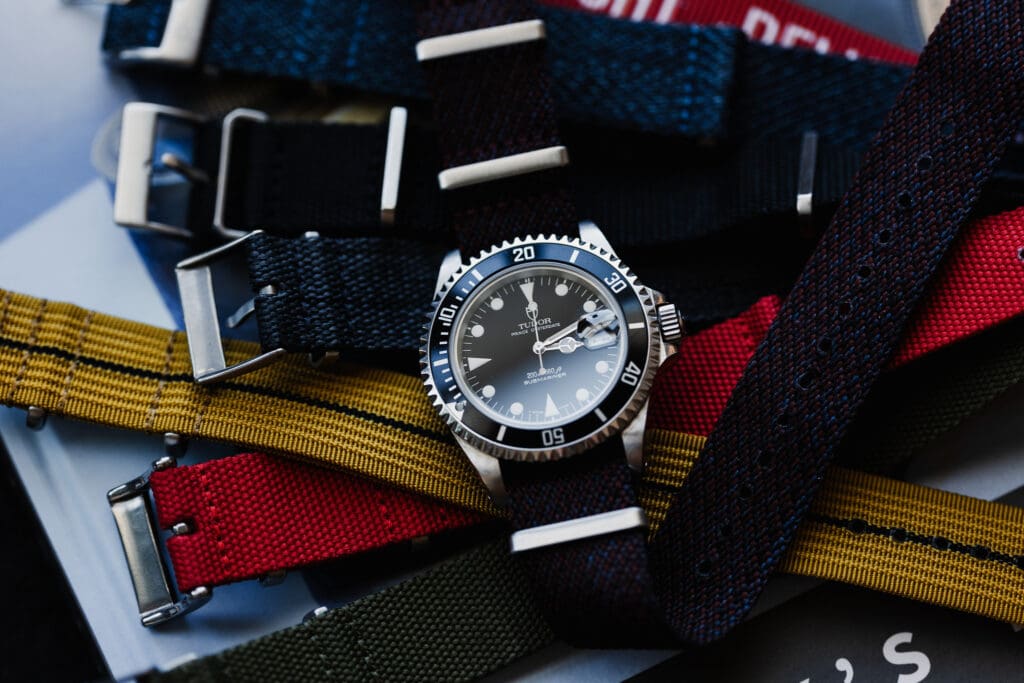
I’m writing this article because the 79190 doesn’t receive enough attention. It’s the underdog. Did I mention it comes in blue or with a steel bezel? This watch is unique, but in a good way. Perhaps Tudor will reissue it at some point. Meanwhile, you can get the original at reasonable prices, like this blue version here.
The Tudor 79190 is a versatile watch, suitable for daily use from the pool to the office. For now, at least, it’s not just a showpiece; it’s a users watch, and at under 11mm it is an absolute strap monster. Maybe in a decade, it will become too expensive to handle with the whimsy of a modern watch. However, the 79190 is more durable than many vintage watches. This is a tool watch and a well-built one at that. It features a sapphire crystal, an easily serviceable ETA movement, and a subtle appeal. Onlookers may think you’re sporting a common Rolex sub, but you’re not. You’re going against the grain and paid less to do so. Enjoy it.
Benjamin Carpenter



